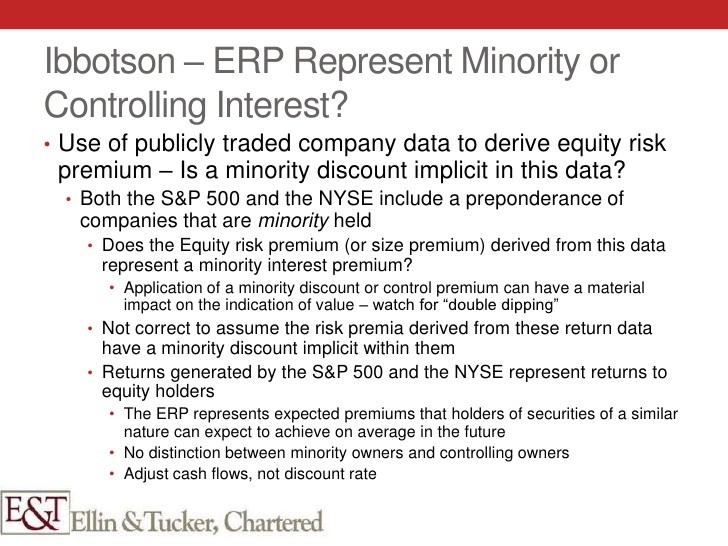Deriving a ForwardLooking Equity Market Risk Premium The Finance Professionals Post
Post on: 16 Март, 2015 No Comment

The Finance Professionals’ Post educates readers in the finance and banking sectors on the forces that shape their business. The FPP is a publication of the New York Society of Security Analysts (NYSSA).
04/27/2010
Deriving a Forward-Looking Equity Market Risk Premium
It is always better to use a forward-looking value that reflects the current market conditions. But the standard methods for calculating equity risk premiums rely on historical estimates—and therefore are backward looking. These approaches produce a type of average that may not reflect expectations of future returns at a particular moment in time (e.g. when volatility is high). This article describes a method of estimating a forward-looking equity risk premium based on prospective market multiples—in particular, the ratio of enterprise value to EBIT (earnings before interest and taxes). The example below is only an illustration, because forecasts are outdated by the time they make it to press. The numbers are based loosely on estimates from around mid-2009.
USING DIVIDENDS TO COMPUTE THE EQUITY RISK PREMIUM
The method for calculating the equity risk premium that is described in most textbooks involves the DDM (dividend discount model). This method relies on analysts’ consensus forecasts for S&P 500 company earnings for the next five years, which are used to estimate dividends. After five years, the formula for a growing perpetuity is used to value all subsequent dividends.
The calculation might be as follows: assume that (1) earnings grow at 11% for the next five years; (2) the current prospective P/E (price-earnings) ratio for 2009 is 13.3x; (3) the current payout ratio is 36%, rising linearly over five years to the long-run average of 50%; and (4) dividends will grow at a long-run constant rate of 5.7% from year six onwards. The final assumption is justified by arguing that the company will be reinvesting 50% of its earnings at the cost of equity and by taking into account the long-run estimated inflation rate of 2.5%.
Given the above assumptions, it is possible to calculate the discount rate that produces a present value of future dividends that is equal to the current level of the index. This is the expected average return on equity, from which an estimated equity risk premium can be derived (see Table 1).
Table 1: Comparison of the Dividend Discount and EV/EBIT Method.
Estimates for S&P 500














